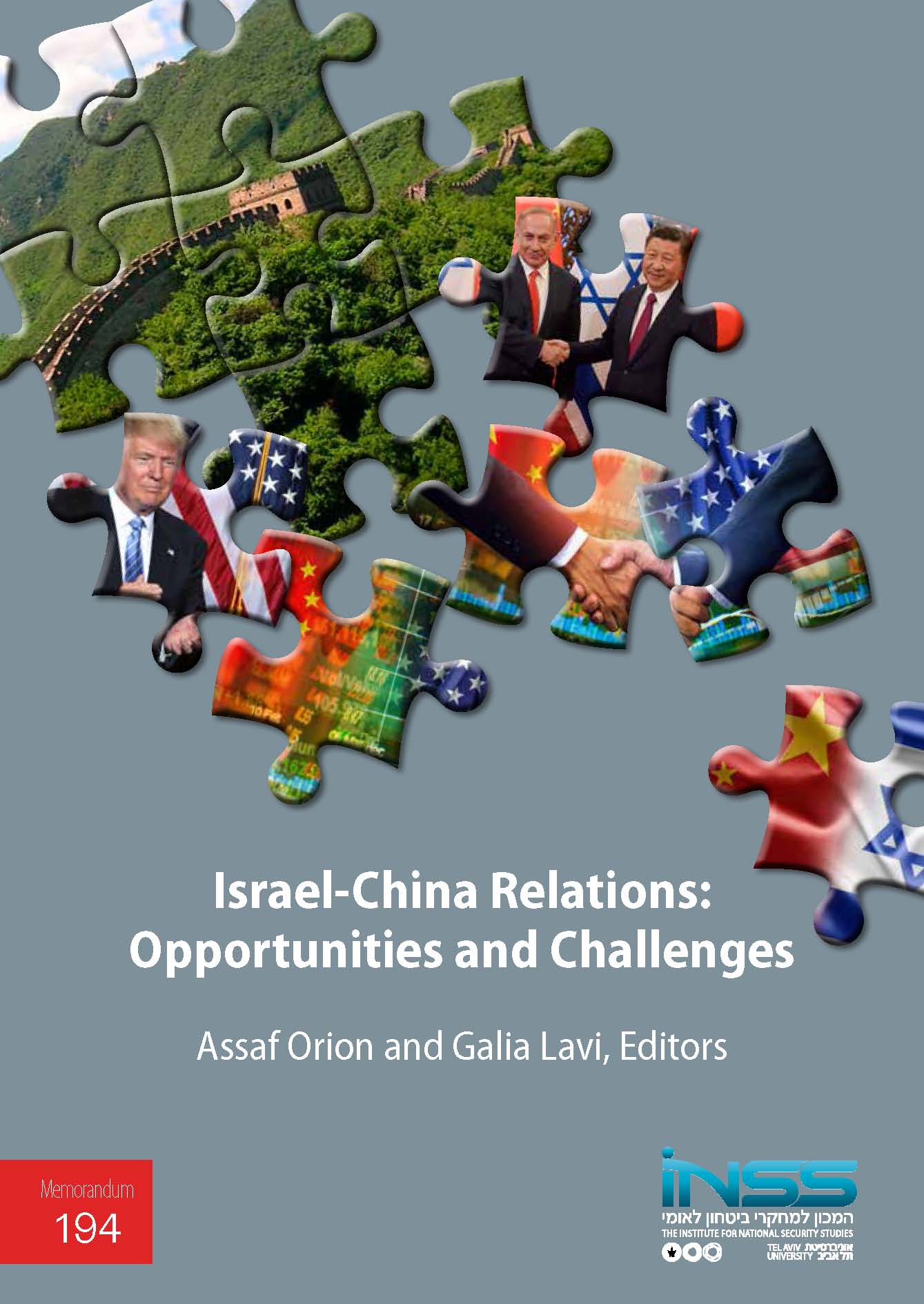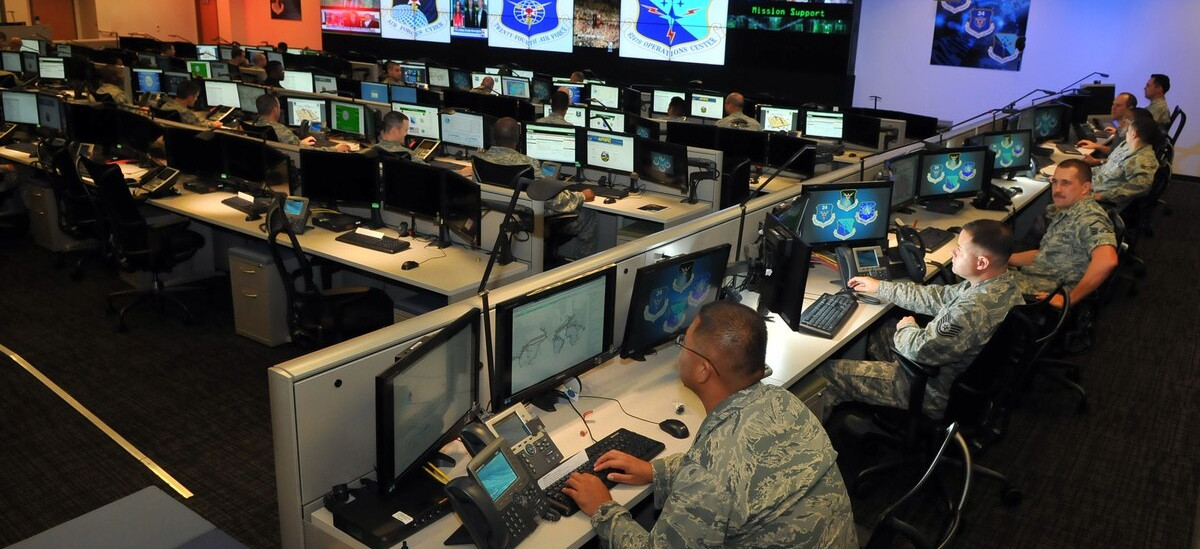 As the water crisis has deepened, so has our desperation and the extent we are prepared to go to violate the basic principles of both science and spirituality.
As the water crisis has deepened, so has our desperation and the extent we are prepared to go to violate the basic principles of both science and spirituality.
Instead of learning from our errors, we are tempted to go even further in the same mistaken direction.
The proposal for interlinking of India’s rivers (ILR) is based on a series of erroneous presumptions.
It is claimed that since some parts of India chronically have floods and others have droughts, the solution is to divert water from surplus river basins to deficit ones, so that everyone can live happily ever after!
Is it true that some areas in India have too much water?
Try telling the north-eastern states that!
Did you know that Sohra (previously known as Cherrapunjee), one of the highest rainfall hotspots on the planet, today suffers from an acute shortage of drinking water?















/arc-anglerfish-arc2-prod-mco.s3.amazonaws.com/public/BHGKYWSEIJCAJMDFTESWYIQIHI.jpg)

